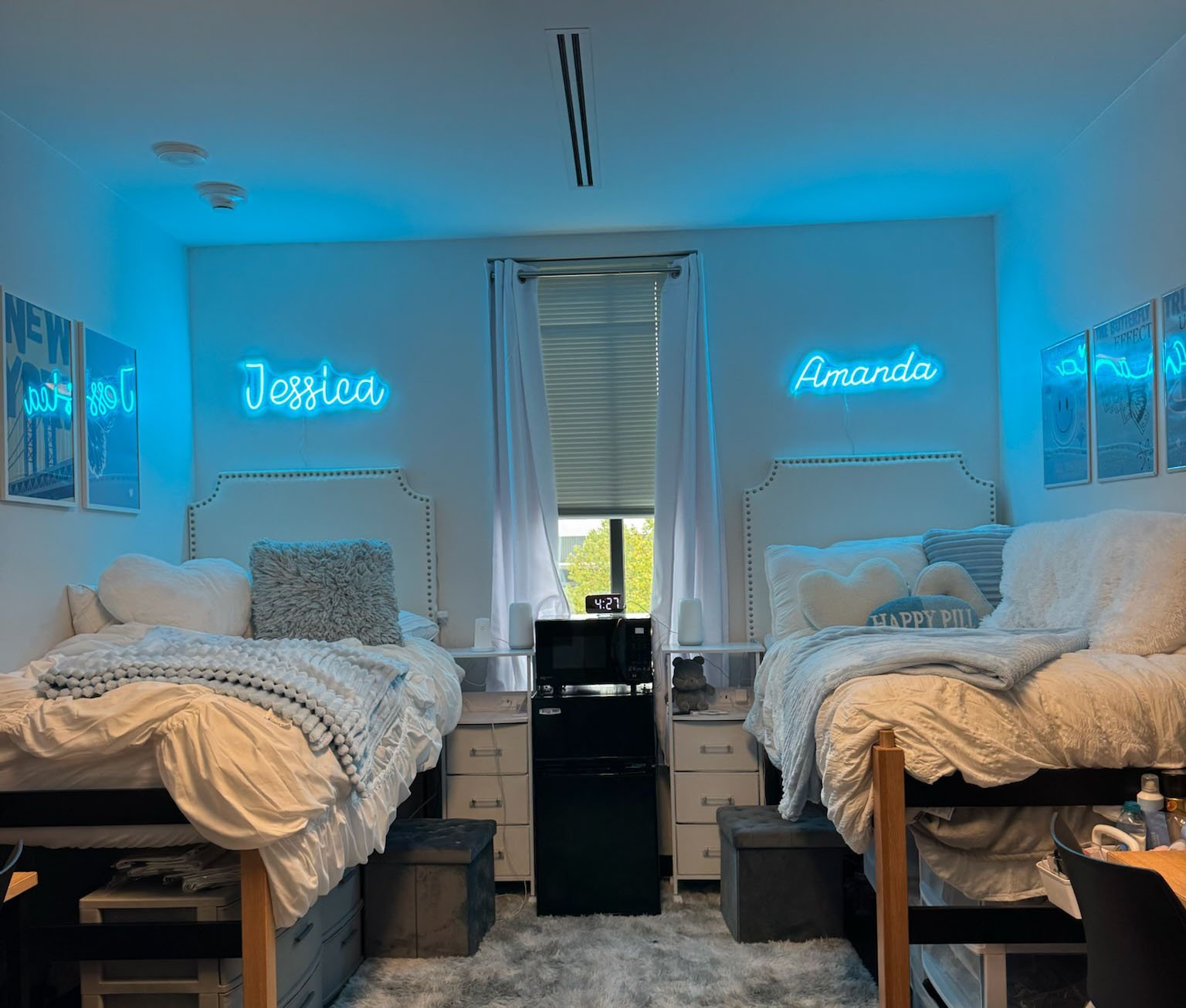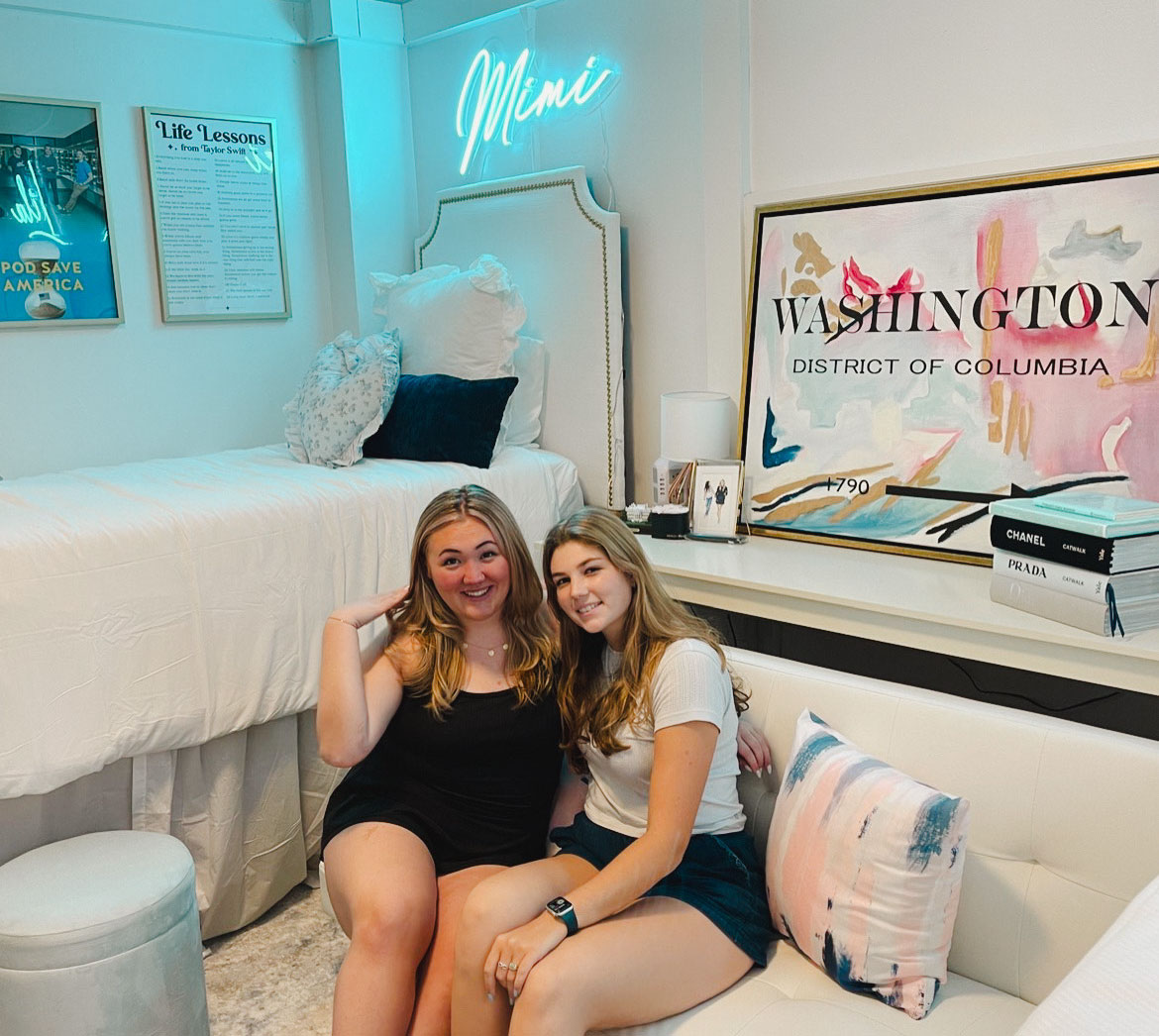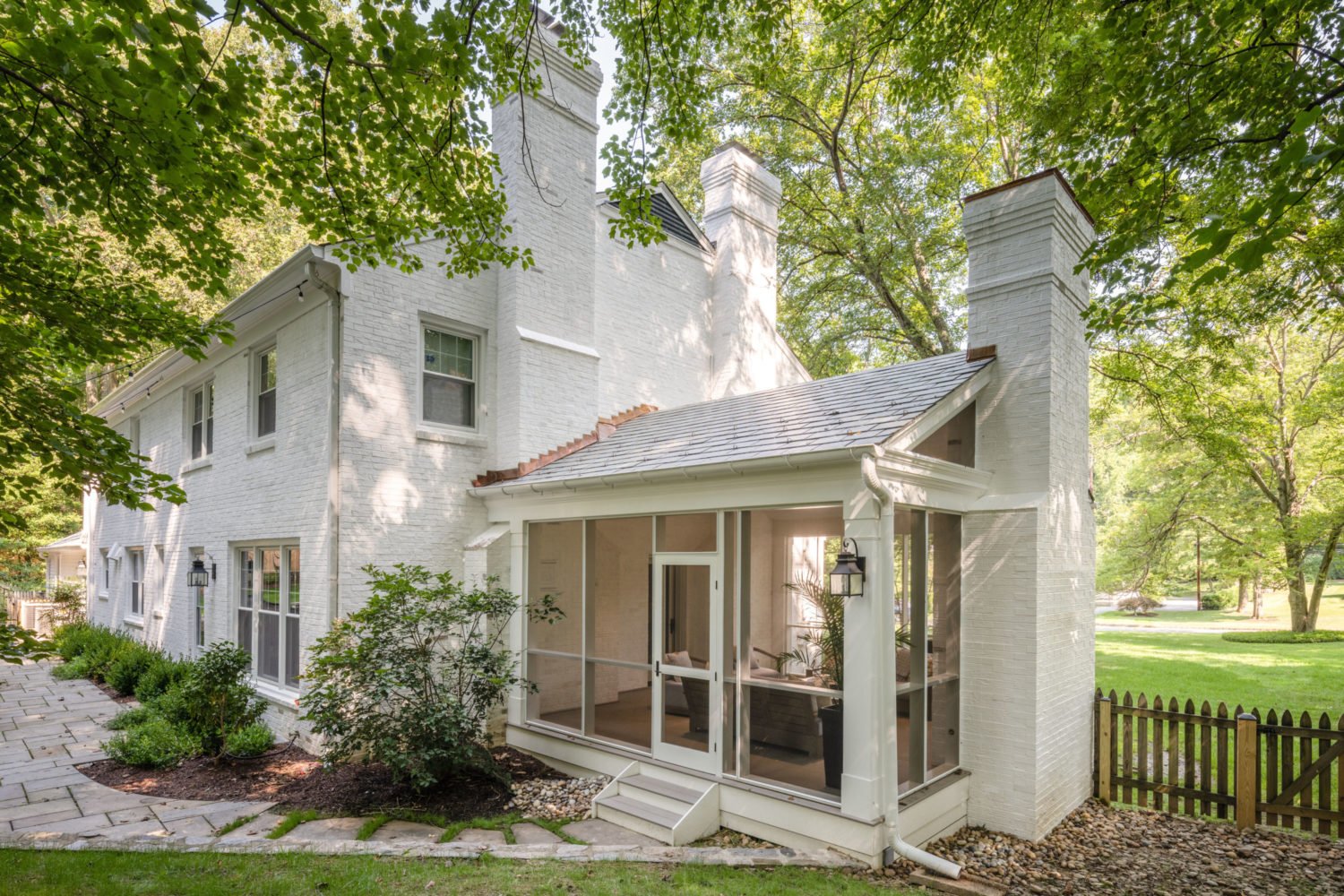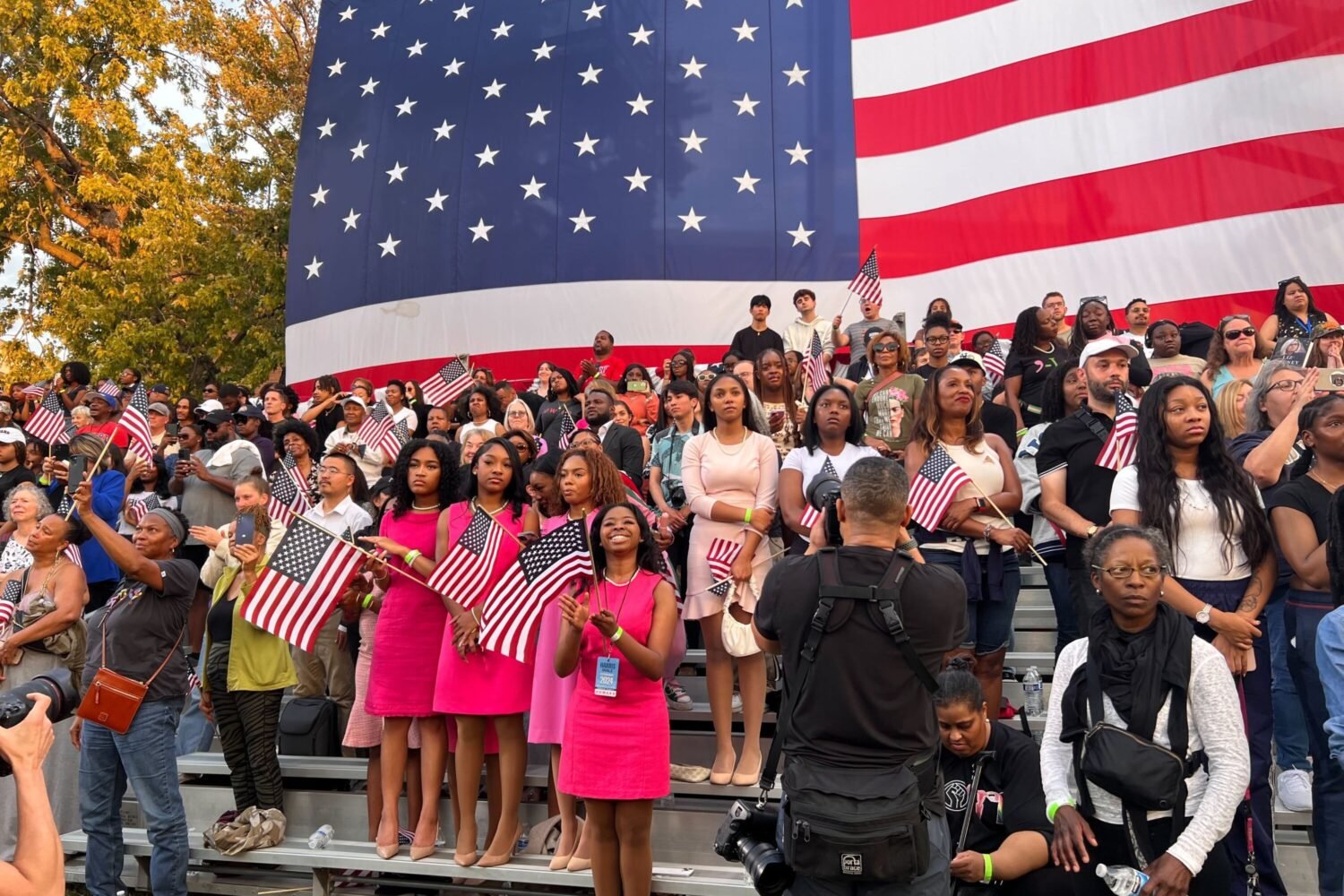For Amanda Capon, a freshman at the University of Maryland, furnishing her dorm room was no last-minute affair. During her sophomore year in high school she had started tracking the latest dorm-room design trends on Instagram and TikTok, screenshotting images for inspiration. Designer headboards. Custom drapes. Coastal vibes. Earlier this year, after deciding to attend College Park, the alma mater of her father, the chef Josh Capon, her moment finally arrived. She met her future Maryland roommate for dinner in New York City, and they brainstormed ideas for their room. “We wanted something that was light and simple,” she recalls. “Some people do multi-colored and it’s just a lot in your face when you walk in.”
They settled on ice blue as their primary color, and their design took shape from there. In early June, they ordered matching headboards, night stands, and other accessories from Dormify, a leading retailer of dorm-room decor. And during move-in day in August, their families helped them mount their signature showpieces: ice-blue neon signs spelling each of their names. “Everyone’s loved the room,” Capon said a few weeks later. “Even the boys are blown away.”

If you’re not college age or the parent of a student, you may have missed the emergence of dorm-room design as a viral sensation. Inspired by room reveals on social media, many students have embraced the staging of their space as an essential rite of college. Some families are even hiring interior designers or consultants, with fees topping $10,000. What largely began as movement in the South—Alabama, Mississippi—has now spread across the country, reaching DC. Decorilla, an online interior design company, managed a handful of projects at Howard University this year (the clients wish to remain anonymous). And the DC region is one of Dormify’s top five markets, according to Amanda Zuckerman, the company’s co-founder.
In 2009, Zuckerman, who grew up in Potomac, was furnishing her freshman-year room at Washington University in St. Louis, and struggled to find twin XL bedding and other dorm-specific decor. “I remember standing in Bed Bath and Beyond with my mom and thinking, How come there isn’t a brand that’s dedicated to college students?” The Zuckermans incorporated the company in 2011, the same year that “dormify” was added to the urban dictionary (definition: “to decorate your living space with cool, trendy, hip fashion”).
Post-pandemic, the trend has—much like the formidable headboards favored by students—reached new heights. Zuckerman attributes some of the momentum to TikTok reveals; Joyce Huston, the director of procurement at Decorilla, cites the thrill of returning to campus after Covid lockdowns, and families repurposing unused vacation money accumulated during the pandemic.
“I could never have dreamed that it would grow the way it has in the last four years,” says Eden Bowen Montgomery of her dorm design business, Essentials with Eden. She started her company in 2020, when she was a marketing major at Ole Miss, and now boasts more than 72,000 Instagram followers, ships her line of decor to 43 states, and offers consulting services—she recently designed a room at George Washington University.
The prevailing style among students? A beachy coastal aesthetic (the trend skews heavily towards young women), according to Zuckerman: “It’s not beachy in a kitschy way. It’s beachy in a Hamptons sophisticated way. So that’s rattan, leathers, light wood.” More recently, echoing fashion trends at large, a cowboy/Western aesthetic has emerged, producing a hybrid style: “coastal cowgirl,” bringing the ranch to the waterfront to the campus. There’s a pragmatic side, of course: top-selling Dormify products include charging storage carts and headboards with built-in outlets, because keeping one’s phone juiced is indispensable.
Unsurprisingly, the rise of a dorm industrial complex, as some critics may deem it, has inspired a backlash. Is it really necessary to drop serious cash on something with such a fleeting half-life? Dawn Thomas, founder of After Five Designs in Jackson, Mississippi, has been outfitting dorm rooms for around two decades, ever since she designed her daughter’s (she did a room at George Washington last year). Thomas acknowledges that things have become hyper-competitive, with each incoming class trying to outdo the previous one—she holds TikTok accountable for that. But she also thinks some critics have missed the mark, neglecting to consider the convenience factor for many clients: For some projects she’ll manage the logistics of delivering the furniture and getting the room staged on move-in day, which gives out-of-state parents a feeling of security when dropping off their students. “It’s the next stage of nesting,” she says. “The kids are leaving their nest and they want their room cozy, homey.”
View this post on Instagram
For Patrick Mele, an interior designer in Greenwich, Connecticut, freshman year also marks a watershed moment for students: “It’s the first time to express yourself creatively or aesthetically outside your own family home. It’s time to experiment and be creative.” He recently gave a few suggestions to a Georgetown University student about the design of her dorm room (her parents are clients; he designed her childhood bedroom): “light shades of green non-stick wallpaper evoking a peaceful meadow, hues of green and blues, sewn cloth cover over the lighting to look like a kite, and a copious amount of Serena & Lily home accessories,” as Town & Country reported. But as he told Washingtonian, Mele tends to favor students going it alone, relying on their own design instincts and sourcing things from flea markets, Goodwill, their parents’ garage. (Pro tip: sarongs, scarves, tablecloths—all can be pinned up to create a tinted vibe and offset the deathly glow of fluorescent lighting.) It’s the colleges that should be working with interior designers, Mele argues, to ensure that students aren’t moving into depressing concrete boxes with all the character of a morgue.
As for Capon, designing her room at Maryland afforded benefits beyond just the aesthetic. It gave her a chance to bond with her roommate, and their families a chance to meet as they worked on the staging together. Already their room has become a hangout for friends; they’ll turn on their neon signs at night, giving the space a “cuter vibe.”
There’s one additional benefit, Capon says: “Having the room so trendy motivates us to clean up more.”
















